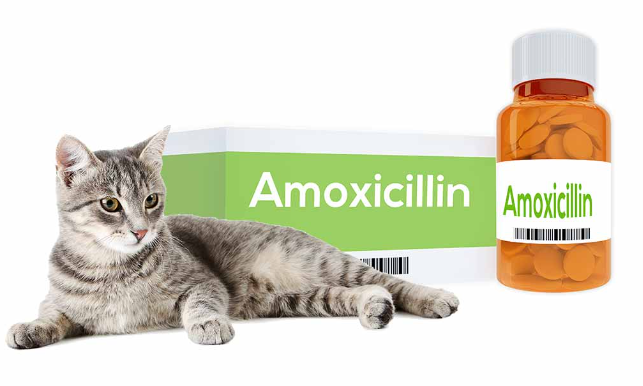Amoxicillin for Cats: What Pet Owners Need to Know
As a cat owner, it’s essential to understand the medications that can help your feline friends stay healthy. One such medication, amoxicillin, is frequently prescribed for various bacterial infections in cats. Understanding its uses, dosage, potential side effects, and alternatives can help you make informed decisions about your cat’s health care.
What is Amoxicillin and How Does it Work?
Amoxicillin is a commonly used antibiotic that belongs to the penicillin family. It’s effective against a variety of bacteria and is often prescribed for treating infections such as respiratory issues, skin infections, and urinary tract infections in cats. Amoxicillin works by inhibiting the growth of bacteria, allowing the cat’s immune system to effectively eliminate the infection. The medication is usually administered orally in tablet or liquid form, making it relatively easy for pet owners to give to their pets.
Dosage and Administration Tips
Determining the right dosage of amoxicillin for your cat is crucial for its effectiveness and safety. Dosages typically range based on the type and severity of the infection, and it’s essential to follow your veterinarian’s recommendations. Most often, it is given once or twice daily and can vary anywhere from 5 to 20 mg per kilogram of body weight. To make administration easier, consider using a pill pocket or mixing the liquid formulation with a small amount of food. Be consistent with the timing and ensure you complete the full course of treatment, even if your cat appears to be feeling better — this helps prevent antibiotic resistance and ensures all the bacteria are eliminated.
Potential Side Effects and Precautions
While amoxicillin is generally safe for cats, some may experience side effects like gastrointestinal upset, including nausea, vomiting, and diarrhea. If you notice any severe reactions, such as difficulty breathing or swelling, it’s crucial to contact your veterinarian immediately. Additionally, it’s important to inform your vet if your cat has any known allergies to antibiotics, as this could affect their treatment options. Never administer amoxicillin without a prescription, as antibiotics should be specifically tailored to your pet’s needs to ensure safe and effective treatment.
Conclusion
Understanding the role of amoxicillin in feline medicine can empower you as a cat owner to make informed decisions about your companion’s health. Always consult your veterinarian for proper diagnosis and treatment options, and don’t hesitate to ask questions about the medications prescribed to your furry friend. With the right knowledge and care, you can help your cat lead a happy, healthy life. Explore more about feline health, consult your vet, and stay proactive in your cat’s well-being!




